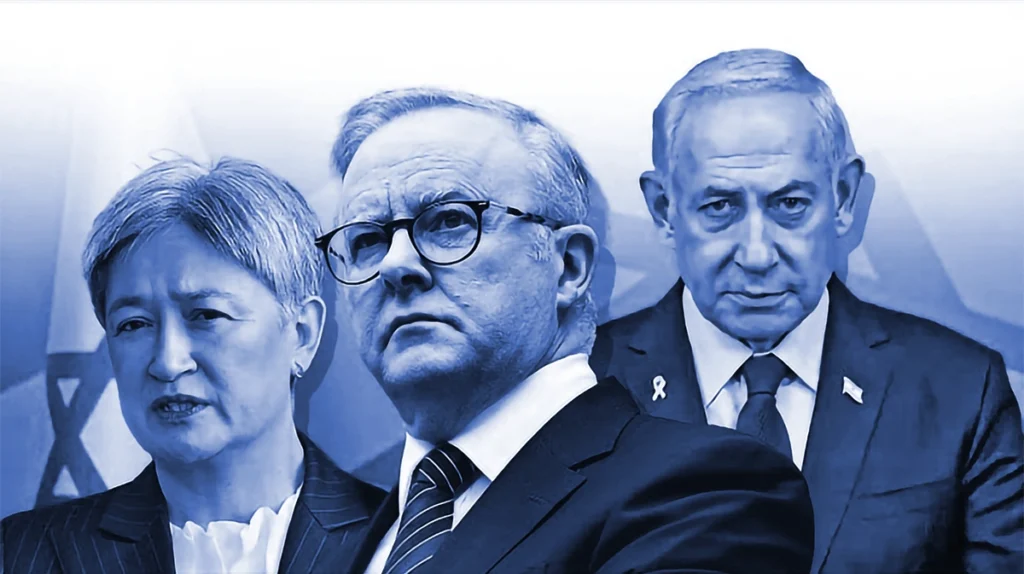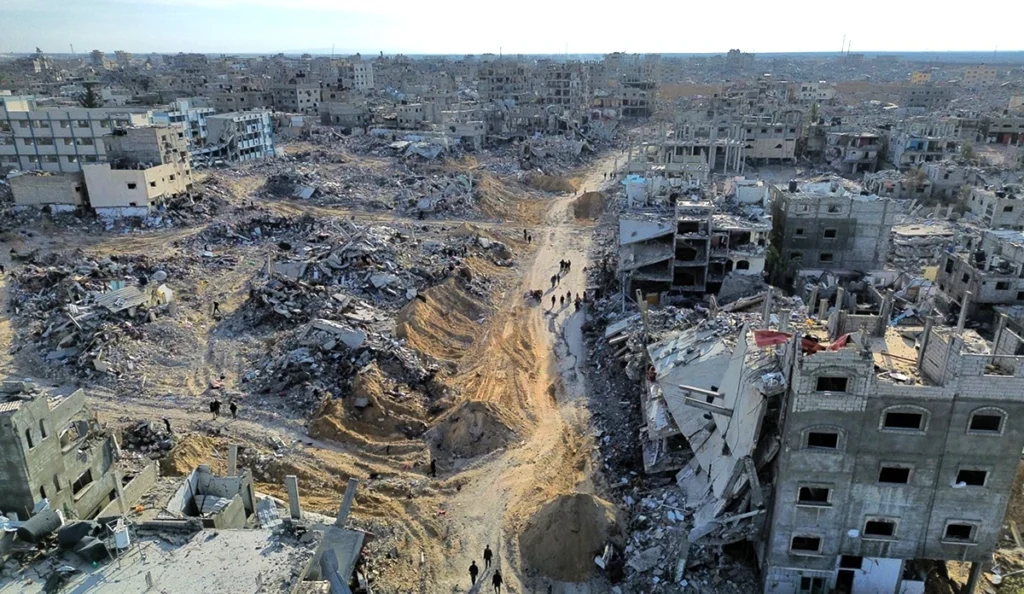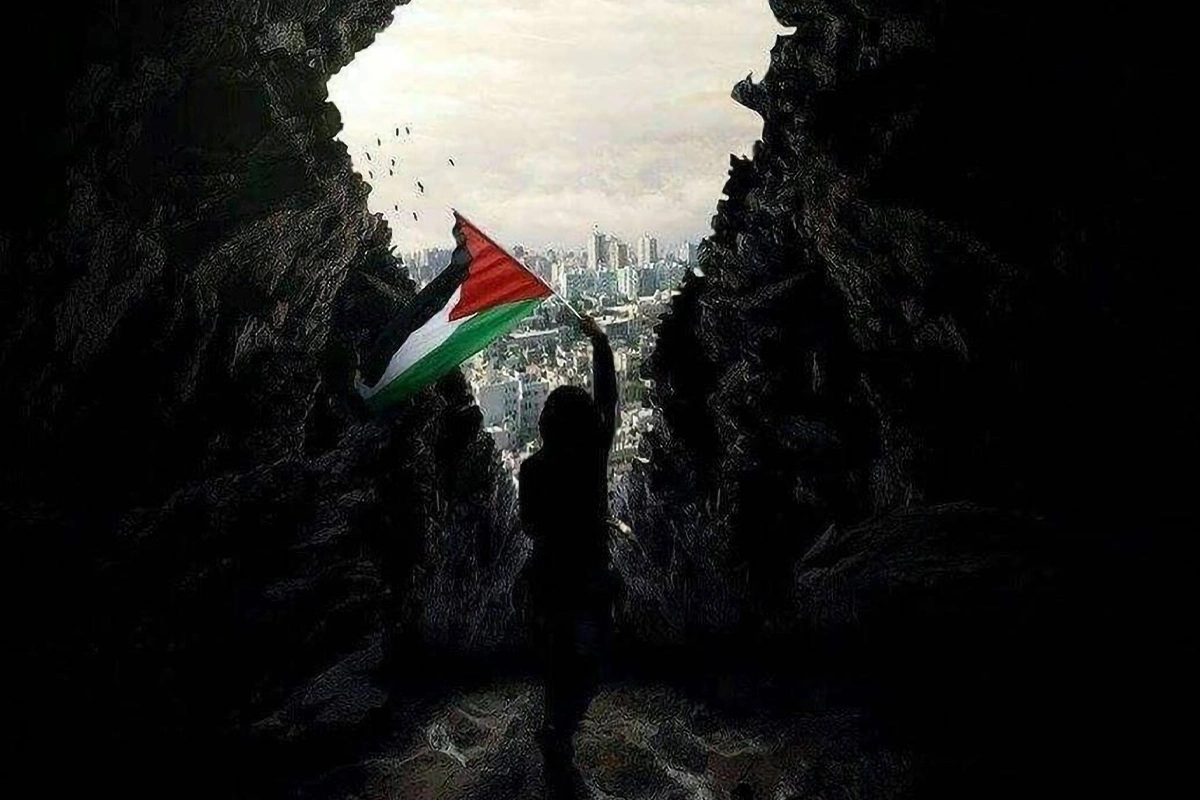But is creating a new Palestinian State even possible?
Relations between Australia and Israel have entered a new period of strain after Australian Prime Minister Anthony Albanese openly accused Israeli Prime Minister Benjamin Netanyahu of being “in denial” about the humanitarian consequences of the ongoing war in Gaza, which is now approaching its second year.
The remarks came just one day after Netanyahu publicly criticised Australia’s decision to join France, the United Kingdom, and Canada in recognising a Palestinian state — a decision set to be formalised at the UN General Assembly in September. The move represents a significant shift in Australia’s Middle East policy, which for decades has aimed to balance support for Israel’s security with advocacy for Palestinian self-determination.
Albanese told reporters that “frustration” with the Israeli government’s refusal to consider alternatives to military escalation was a decisive factor. He said that in a phone conversation last week, Netanyahu repeated his belief that “more military action” in Gaza would yield a better outcome — a view Albanese argues ignores the worsening humanitarian disaster. “This is denial of reality, denial of the consequences innocent people aresuffering,” he said.
Netanyahu’s response was sharp and uncompromising. In a rare press conference for foreign media, he described the Australian decision as “shameful” and accused Western nations of “marching into a trap.” He insisted: “We will not commit national suicide for the sake of a good op-ed for two minutes.”
The Albanese government says the decision is part of a “coordinated global effort” to revive the two-state solution. France’s announcement earlier this year — the first from a G7 country — helped build momentum, encouraging other governments to act.
The policy has met fierce opposition at home. Shadow foreign affairs minister Michaelia Cash questioned the feasibility of recognising a state “with no defined borders, no unified government, and no effective control over its territory.” Opposition Leader Sussan Ley argued the move undermines U.S. leadership in Middle East peace efforts, warning it “reduces the prospects for a ceasefire” and “sends the wrong message while hostages remain in Hamas tunnels.”

Public opinion in Australia is split. Supporters view recognition as a moral imperative in light of the humanitarian crisis, an act that aligns Australia with international human rights norms. Critics warn it risks damaging relations with Israel, alienating segments of the U.S. Congress, and creating complications in a volatile region.
Despite the domestic and international backlash, Albanese appears resolute. “Recognition alone will not bring peace,” he said. “But it sends a strong message that the world expects meaningful negotiations and mutual compromises. The status quo is unsustainable.”
The challenges of creating a new Palestinian state
The vision for a Palestinian state — encompassing the West Bank, Gaza Strip and East Jerusalem — faces formidable obstacles. Israel’s government rejects a two-state solution and has re- acted angrily, with Prime Minister Benjamin Netanyahu labelling the recognition “shameful.”
Settlement expansion
The most pressing challenge is the network of Israeli settlements in the West Bank and East Jerusalem, deemed illegal by the International Court of Justice. Since 1967, Israel has built these communities to prevent territorial division and entrench control.
Today, more than 500,000 settlers live in the West Bank and 233,000 in East Jerusalem, which Palestinians insist must be their future capital.
In May, Israel announced 22 new settlements — the largest expansion in decades — with Defence Minister Israel Katz calling it a “strategic move” to block a Palestinian state. Recent policy shifts also edge Israel closer to annexing the West Bank.

Geography and borders
The Gaza Strip, West Bank and East Jerusalem are bounded by the “Green Line” from the 1948 war, not internationally recognised borders. Israel’s 1967 territorial gains and subsequent settlement building have altered the map, creating fragmented Palestinian areas. The 700-km Separation Wall, checkpoints, roadblocks and barriers further divide communities and confiscate land.
Under the 1990s Oslo Accords, the West Bank was split into Areas A, B and C. Area C—60% of the territory — remains under full Israeli control, isolating Palestinian enclaves in Areas A and B and limiting freedom of movement.
Governance disputes
Western recognition comes with conditions, notably excluding Hamas from governing. The Arab League also demands Hamas disarm. Yet Hamas and Fatah are the only factions capable of forming a government, and Palestinian Authority president Mahmoud Abbas is deeply unpopular. In a May poll, 80% wanted him to re- sign, with one-third of Palestinians supporting neither faction.
The West favours a “reformed” Palestinian Authority, but restricting voter choice risks creating an illegitimate government — echoing failed Western-backed leadership experiments in Iraq and Afghanistan — and could strengthen hardline narratives.
The limits of recognition
Transforming recognition into a real Palestinian state will require dismantling settlements, halting annexation and addressing governance. Western powers have historically confined themselves to condemnations when Israel resists such measures. Without tangible pressure, recognition risks becoming a symbolic gesture with no path to statehood — raising the question of whether it serves Palestinians or the recognising nations themselves.












